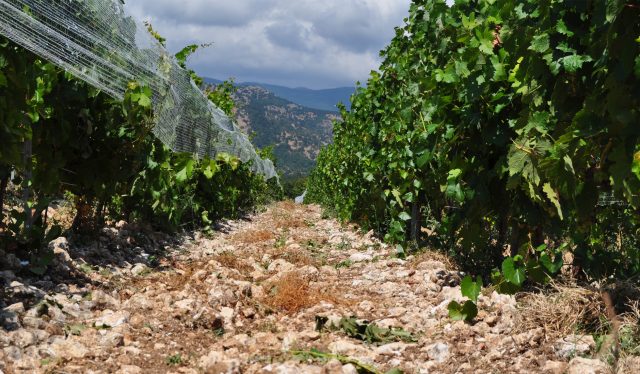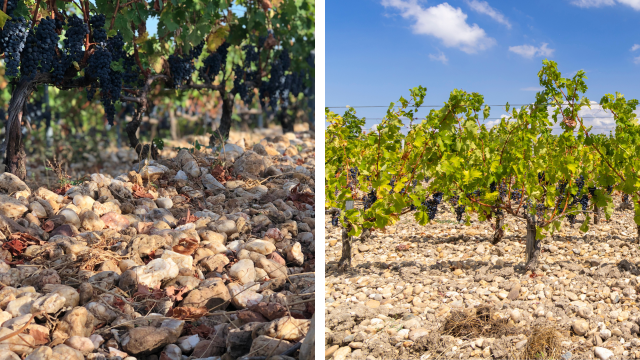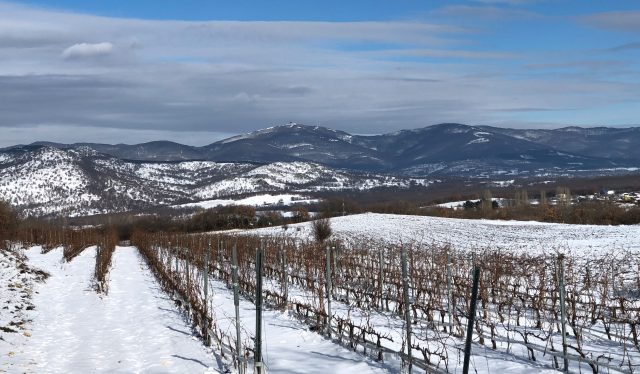This website uses cookies so that we can provide you with the best user experience possible. Cookie information is stored in your browser and performs functions such as recognising you when you return to our website and helping our team to understand which sections of the website you find most interesting and useful.
Orient Express: Chamlija brings Bordeaux varieties to Turkey
Chamlija, from Turkey’s Strandja region, believes surprising similarities in terroir are key to the success of their Bordeaux-native grapes.

What connects Strandja region, where Chamlija makes its renowned Turkish wines, to Bordeaux? The points of connection may not be immediately apparent. Situated at opposite ends of Europe, they each tell very different geographical and historical stories. One is seen as the home of the global wine trade. The other flies under the radar, with low export levels and a complex historical relationship with alcohol.
Yet for Mustafa Çamlica, owner of Chamlija Winery, Bordeaux has long been a guiding influence. In part it has offered him inspiration in marketing the wines. He is committed to proving that Turkish wines can stand tall on the international fine wine stage. Yet, with a substantial number of Bordeaux varieties grown in his vineyards, he has also realised deeper similarities that make Strandja an ideal terroir for these grapes.
The Bordeaux connection
Despite the distance between the two regions, Strandja and Bordeaux have several climatic similarities. Each is heavily influenced by bodies of water. Bordeaux gains warmth, but also rainfall, from the nearby Atlantic. Strandja, on the other hand, has its climate moderated by the Black Sea, Aegean Sea and Marmara Sea.
The similarities are striking. Comparing Medoc plantings of Merlot to Chamlija’s vineyards, the difference in growing degree days is a margin of less than 5%. Comparing sites for Cabernet Franc, it is even less. Indeed, though one might expect Turkey to be warmer, the cool air currents from Siberia to the north actually mean its growing season temperatures are, on average, marginally lower, while the cold winter conditions sometimes blanket the vineyards in snow.
In other elements too, the climates are comparable. During September, as grapes reach full ripeness, both the diurnal range and humidity in the two regions are very similar. The most notable differences are from cloud cover: Strandja experiences a generally sunnier climate and has with around 35% less rain than Bordeaux.
There are even similarities in the soil types. The Left Bank of Bordeaux, in particular, is known for its gravelly soils. Chamlija, much like Bordeaux producers, enjoys the ripening effects of gravels (in this case quartz based) in its vineyards. The two vineyards, at a glance, can look strikingly similar.

A Turkish character
There are, however, notable differences. Though similarities in terroir make Strandja ideal for Bordeaux varieties, Çamlica believes that his grapes have a natural tendency towards ripe aromas, quite possibly due to their increased exposure to the sun. It is, he explains, “high acidity, high ripeness terroir” that might be best compared to warm, dry vintages in Bordeaux.
The terroir is also not an exact match in suitability for all Bordeaux varieties. Though Chamlija has seen marked success with Merlot, Cabernet Sauvignon and Cabernet Franc, Çamlica sees Petit Verdot as an outlier. The grape struggles to achieve his desired acidity, ripening to a higher pH than his other varieties. Much like the pioneering scheme in Bordeaux, he is therefore experimenting with Touriga Nacional as an alternative.
The varieties require a careful balance, crafting wines which might be comparable to Bordeaux without feeling like copycats. The results, however, indicate Strandja is forging its own identity.
Within the last year alone, it has achieved Gold medals at the Global Wine Masters for its varietal Cabernet Sauvignon, Cabernet Franc and Merlot. It’s white Bordeaux varieties also fared well: the Quartz Fume Sauvignon Blanc likewise secured a Gold medal. Most fittingly, given that Bordeaux is synonymous with blending, the Bordeaux blend-styled Chamlija Magnus 2019 picked up a Master medal at The Autumn Tasting 2023.
This wine, consisting of 55% Cabernet Sauvignon supported by Merlot, Petit Verdot and Cabernet Franc, was highly praised by the MW judges. One described the wine as “packed with brambles, blackberry, Morello cherry and Victoria plums, accented by cigar box and a violet floral note. Sweet-fruited and full-bodied, the spicy palate is framed by zippy acidity and silky tannins.” Whether from a top Bordeaux estate or Chamlija in Strandja, you would struggle to argue with the quality on display.

Related news
Vignobles Cruse-Lorenzetti shuffles roles across its four Bordeaux chateaux
Playing the long game: fine wine’s global trajectory
Bordeaux Index celebrates success of The Great Wine Dinner and Auction

